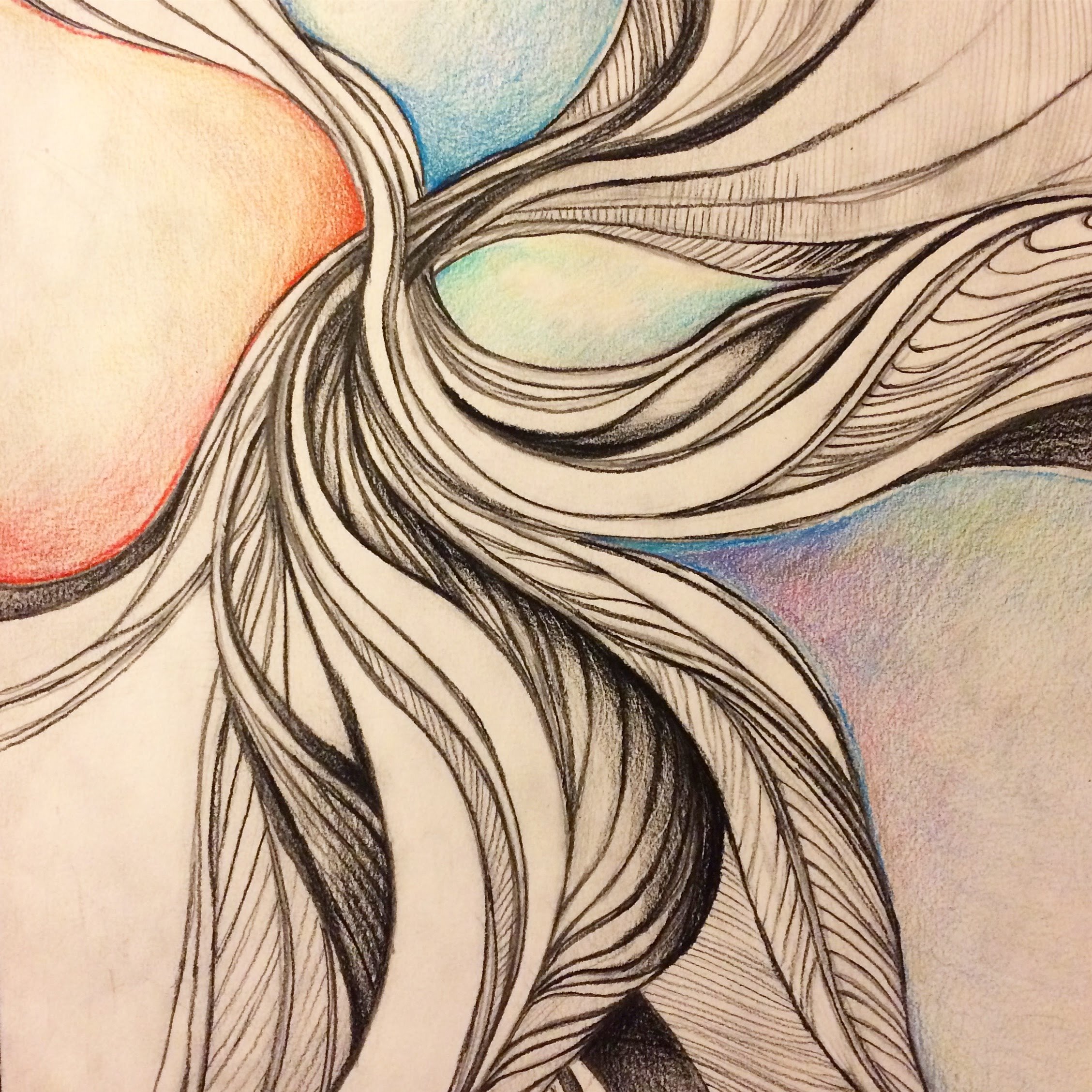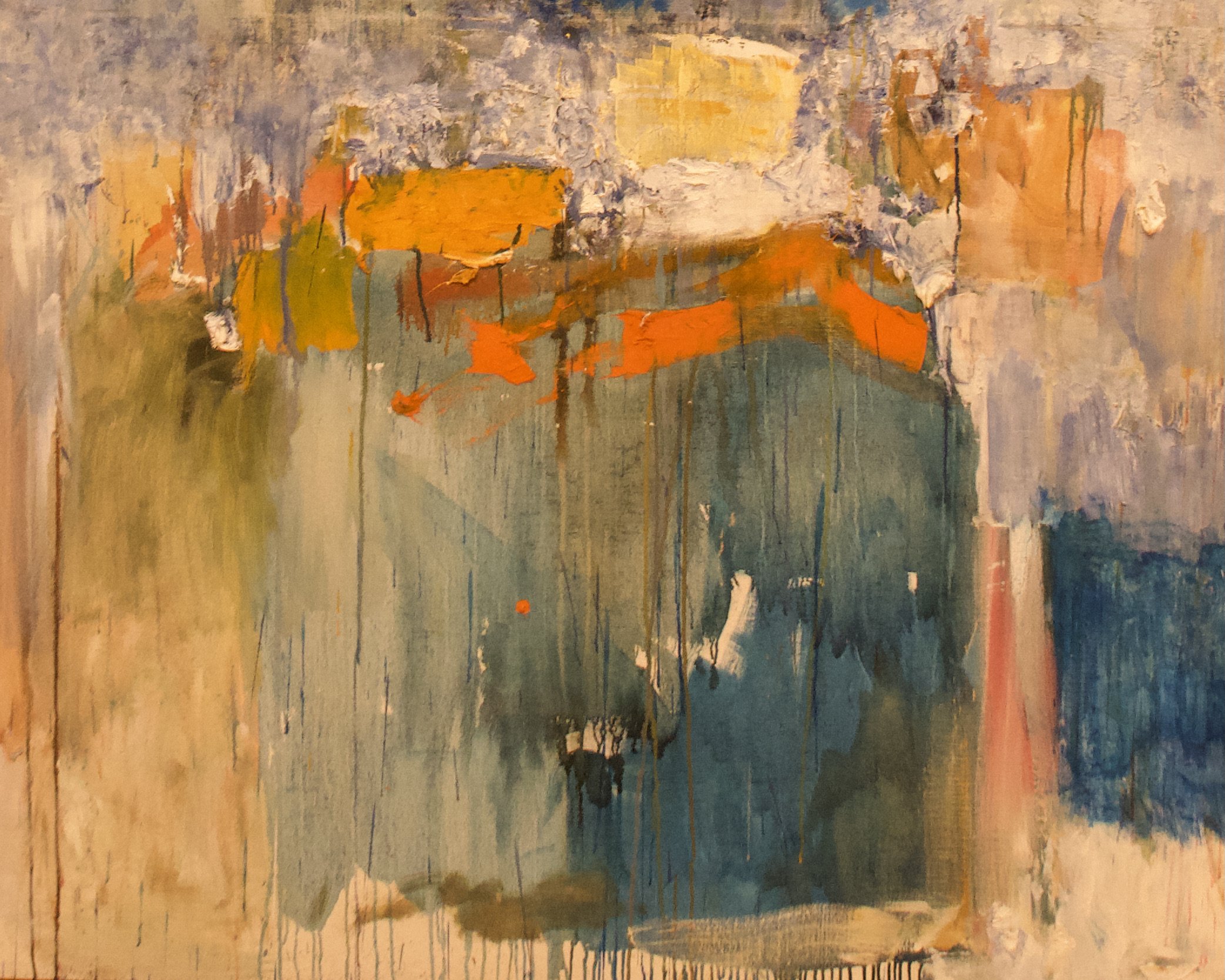
Frequently Asked Questions
-
Accessing your creativity helps your brain to step out of feeling stuck, improves your mood, and increases your self-esteem and personal confidence. The initial session with your therapist will include a thorough exploration of what you are facing in your life, and is a place to begin to organize your goals for the therapy process. While your therapist may ask direct questions, you are in control of the pace of therapy, and are encouraged to disclose information at a level that is comfortable for you.
-
Art making in therapy is a user-friendly process, and is driven by your experiences and your therapeutic goals. Your therapist may suggest an artistic directive or open ended prompt (e.g. to create a body map of your current emotions) to help you communicate your ideas, experiences, motivations, and emotions that you may be struggling to communicate with words alone. Clients may also focus on the sensory and physical aspects of non-directive art making to provide healthy relaxation, integrate physical and psychological processes, expand focus, and improve your mood.
Sometimes clients prefer to make art outside of their therapy time, and will share their images at the beginning of sessions. Other clients select to make art during sessions to make use of creative guidance from the therapist. You may prefer to let your art speak for itself, or to explore its meaning in dialog with your therapist. The process of verbally engaging with your art may help you see the issues you have been struggling with in new ways. It may also answer important questions, strengthen your communication skills, and assist with the formation of meaningful relationships.
-
Art therapy absolutely can be practiced via telehealth platforms! The client and the art therapist will discuss best practices for each individual, and work together to select appropriate art media for the client to have available during sessions. Sometimes clients enjoy making art during sessions, and use their webcams to share the art content that they have produced in the meeting. In other instances, clients will work on therapeutic art making between sessions, and will share pictures of their completed images with their art therapist prior to each session. This gives each participant access to the relevant images for discussion and processing in session, and provides opportunities for responsive art making in sessions as psychological content unfolds and is worked through collaboratively.
-
Art therapy is unique in that it draws on the inclusive process of art making rather than the aesthetics of the finished product. Many studies have shown that the neurological and psychological benefits of art therapy are available to all people, regardless of artistic skill level. Your art therapist will carefully and sensitively explore with you the forms of art making that feel most comfortable to you, and will work with you to establish creative practices that support your emotional health and personal growth. In this process, your therapist will not be critical of your images and will provide empathic guidance and encouragement to expand your artistic confidence.
-
Many of the decisions around therapeutic art making comes down to personal preference and client comfort. There is no set practice of art making that will work universally for every person, and individualized art therapy provides time to get to know a variety of artistic materials to see which options best fit for your goals. Your therapist uses her experience with the Expressive Therapies Continuum (Hinz, 2009) to help you choose appropriate art media and to provide structure to organize the expression of your sensations, perceptions, feelings, and ideas. Many clients engage in art therapy using the following materials:
Graphite pencils
Markers
Oil Pastels
Paint sticks
Cut paper collage
Air-dry clay
Watercolor paints
Acrylic paints
Art journaling or altered books
Found object sculpture
Felting
Knitting and crocheting
Photography/digital art making
-
No. Art therapy takes many forms, including verbal metaphor and engagement in viewing images that have been created by others, or are reflected in the natural world. Sometimes a simple schematic diagram or quick doodle can make a noticeable difference in shifting a habitual way of looking at or perceiving important aspects of your experience. The process of art therapy is the process of engaging intentionally with your creativity—which can be realized in a myriad of psychologically effective ways.
Art Therapy in Practice
Reference:
Hinz, Lisa D. Expressive Therapies Continuum: A Framework for Using Art in Therapy (2nd Edition). New York: Routledge, 2019.
I give Clare McCarthy my highest recommendation. I began working with Clare for art therapy as a supplement to my usual therapy sessions with another provider following a serious illness and other traumatic life events. I now see Clare exclusively due to her dynamic personality, empathy, innovative art therapy techniques and kind and gentle manner.
Clare has guided me in using creative expression and art-making to process my wellness journey and the ongoing challenges of family and daily life. Clare's method of practice has strengthened my perspective that art therapy can help us "speak the unspeakable", and that art can be used IN therapy and AS therapy to promote self-esteem, self-awareness, and emotional resilience. In our sessions, Clare has effectively promoted visual and creative expression as well as therapeutic conversation to provide a sense of empowerment, healing and emotional regulation.
Clare is exactly what one wants in a therapist -- a respectful, open and sensitive listener who provides thoughtful commentary to assist clients in facing life's problems. I imagine that Clare is wonderful with young clients as she projects enthusiasm, creativity and a sense of fun in a zero-judgment environment. I only wish that I had been working with Clare as the difficulties in my life were unfolding in real time -- it would have been easier to handle them with her by my side! I am grateful to know her now as we process those past traumas and address the ongoing challenges and successes of life.
—Jennifer W.



























